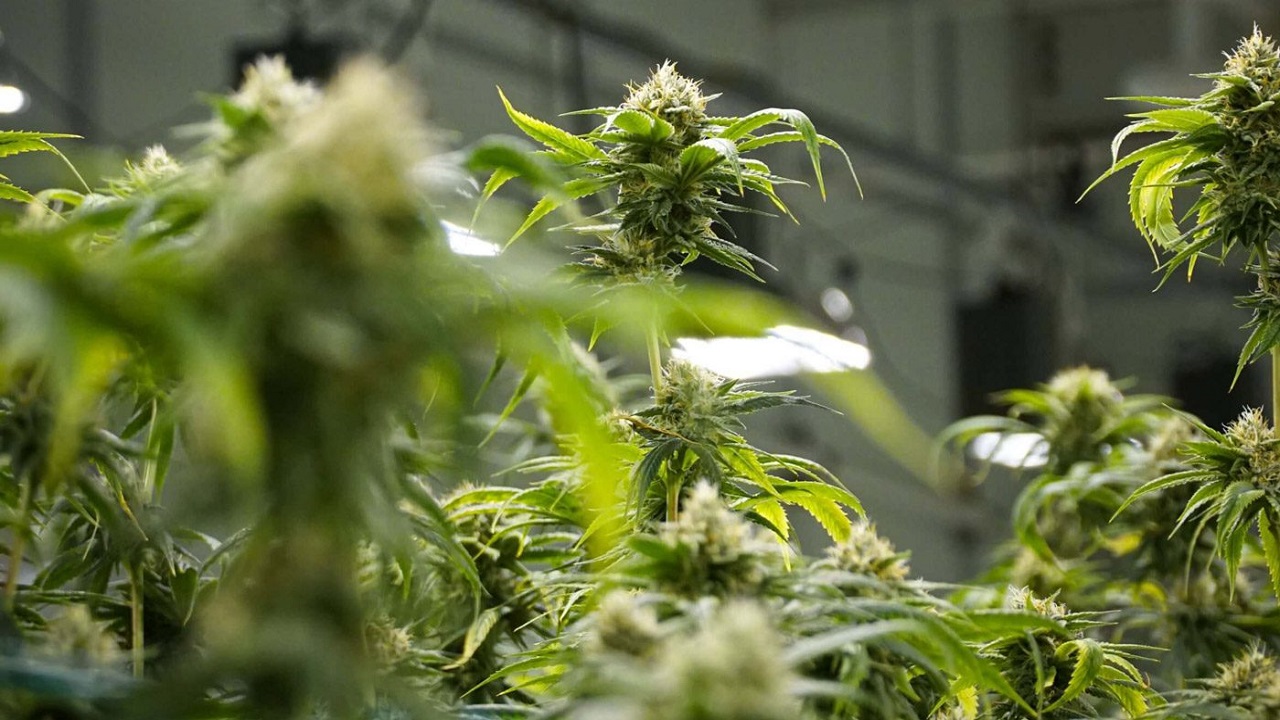The humidity of grow rooms has to be controlled to allow for optimal growth and production in a plant. When the relative humidity is high, crops are likely to develop mold and mildew which affect crop yields, on the other hand, when the levels of relative humidity are low, crops may be under-stressed hence low production. Dehumidifiers set up properly and specially meant for the grow room ensure that they give the place the right atmosphere for the growth of plants and in addition avoid problems arising due to moisture and at the same time increase the yield. Below is a step-by-step guide on how to set up a dehumidifier for maximum growth in your indoor growing conditions.
Selecting the Right Dehumidifier
The fact that particular dehumidifiers must be selected is one of the important factors to be considered when selecting the best grow room dehumidifier options. While general-purpose dehumidifiers vary in design, grow room dehumidifiers include complex controls, energy conservation modes, and a strong build capable of withstanding high humidity and temperature characteristic of a grow room. What size of the grow room dehumidifier should be used depends on the area of the grow room, the type of crop, as well as the ideal humidity level.
Ideal Placement of Grow Room Dehumidifier
The location of the dehumidifier plays a central role in determining how effective the device is as well as ensuring that correct levels of moisture content in the room air are maintained. When positioning your dehumidifier:
Central Location
Ideally, they should be placed in a central location in your grow room. It also enables it to draw humid air from around the room to disseminate dry air uniformly in the space.
Elevated Positioning
In large grow rooms, high mount the dehumidifier. This helps to improve the flow of fresh air around the house as moist air always rises from the ground. As for the humidity level in the grow room, it is recommended to mount or elevate the dehumidifier to increase its capacity to trap more moisture in the air.
Avoid Obstructions
Ensure that it doesn’t have obstruction by plants or other equipment near the air intake and the exhaust of the grow room dehumidifier. There should be at least a few feet of distance left around the unit to avoid obstructing airflow, which in turn, affects its proper functioning.
Humidity Control and Working Principle
It is found that humidity in a grow room significantly depends on the type and the growing stage of the plants. For example, young plants or seedlings grow okay in around 60-70% humidity but the mature ones and flowering stage best perform well in low humidity of around 40-50% to avoid mold formation.
Adjusting for Growth Stages
The second action plan is to adjust the dehumidifier’s aim depending on the development phase. A number of the most effective dehumidifiers can program the settings in advance for various phases which may be altered as plants grow. This flexibility gives an assurance that each growth phase enjoys the right environment for growth and increased yield.
Using Hygrometers for Accurate Monitoring
Most grow room dehumidifiers of top brands such as Yakeclimate are offered with humidity sensors for monitoring and control, but there should be other hygrometers positioned across the room. This makes sure that the set humidity is the same and that it harmonizes with the level indicated by the dehumidifier.
Maintaining Air Circulation and Ventilation
Air circulation is critical in growing rooms since poor circulation causes humidity to build in some sections rather than others. Consider these steps for maximizing air circulation:
Use Fans Alongside the Dehumidifier
Minimally install oscillating fans around the room to facilitate the circulation of air and ensure that all corners have the right amount of dryness. Fresh air helps the operation of a grow room dehumidifier and diminishes the chances of mold growth.
Implement an Exhaust System
When your grow room is airtight an exhaust system also comes in handy in removing humid air while introducing fresh air for the grow room dehumidifier. Ventilation also assists in controlling some of the important gases such as CO₂ that are essential in photosynthesis and plant development.
Conclusion
A grow room dehumidifier used correctly and maintained is a gift to the grower of indoor plants or flowers or fruits and vegetables. Through the right choice of efficient grow room dehumidifier, its placement, humidity regulation according to vegetation period, air circulation, and energy saving, a proper environment for plant growth and high yield can be accomplished. Many brands and companies are working on these grow room dehumidifiers, but Yakeclimate is leading in this technology and offering the best dehumidifiers for various applications and especially for grow rooms. Maintenance is the last practice in ensuring consistency in the performance of the grow room dehumidifier, especially when growing plants indoors, and assures one of the best outcomes.


